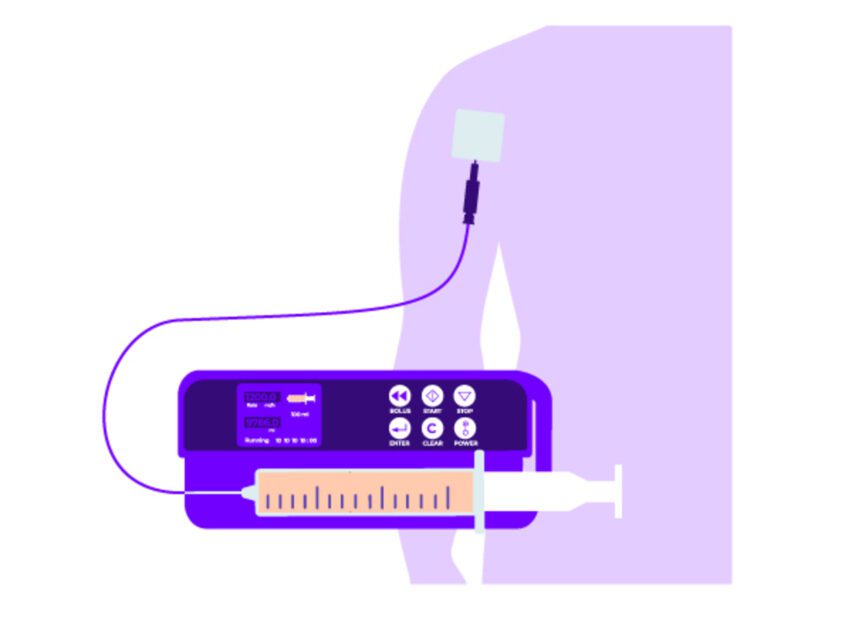How do I take painkillers?
Your doctor or nurse will tell you how and when to take your painkillers, and how long the pain relief should last. They should also explain any possible side effects.
It’s important to follow your doctor’s instructions. For example, you may need to take your painkillers at regular times, to stop the pain coming back when the medicine wears off. Pain can be harder to control if you wait until your pain is bad before taking painkillers.
Your doctor and nurse should check your pain regularly, to make sure your painkillers are working. Tell them if your pain gets worse. They will look at your painkillers and may increase the dose or add different painkillers.

